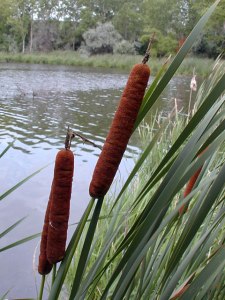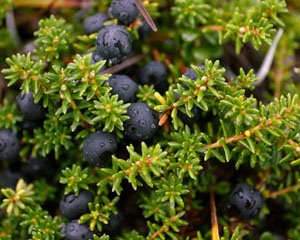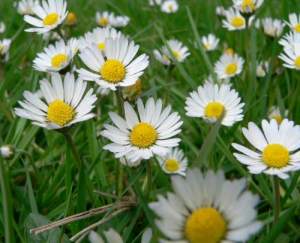What’s up Y’all,
I’m back with Part II of edible plants. I love this topic, I think its cool learning about what tree’s and plants are edible. Some of them I would have never expected you could eat. Let’s start with my usual disclaimer. ONLY eat these if you are in a survival situation and you do not have any other options and make sure that you only eat a small quantity some of these plants can make you sick if eaten in large quantities. Just like most food for that matter. Well lets dive right in and get out grub on.

- Cattails: Grasslike, water-loving plants. Grows up to six feet tall. Cattails produce distinctive brown heads. The stems, pollen, and young seed heads are edible. Gather young, tender shoots and you can either eat them raw or cooked. You can also boil the young heads and eat them like corn on the cob(make sure to salt and butter :)) You can also make dough by mixing the pollen and water and then either bake or fry. Not only is this plant edible but you can use the fluff for tinder and the leaves for weaving. Also burn to make a natural bug repelant.

- Chicory: Flowering plant on stems up to four feet tall. Thick, hairy leaves with sky blue flowers. Chicory grows throughout the temperate Norther Hemisphere. The best part is that you can consume the entire plant, no picky eating here. To eat the leaves boil them or consume raw. Boil roots and/or roast them. If you roast the roots you can grind them into a powder and use as a coffee substitute.

- Chokecherry: Shrub that grows up to eight feet tall and bears dark fruit. Tiny, white flowers. The Chokecherry grows in woods and swamps in temperate zones. The berries of the Chokecherry are edible but do NOT eat the leaves and pits. Both are extremely toxic. Mr. YUCK :(> says make sure not to confuse with buckthorn berries, which cluster along stems and cause vomitting.

- Clover: Small plant with flowers of white, cream, pale green, or pink. Leaves (in three lobes) and roots are edible. You can either consume raw or boil them. The roots of the plant are sweet and are best when smoked over an open fire.

- Coconut Palm: Common palm tree. Found throughout tropics, especially near coast lines. Coconut Palms are a great source of nutrition when on a deserted island. The entire Coconut Palm can be consumed. The milk in a coconut is great if you are dehydrated because it has plenty of vitamins and sugars which need to be replenished. You can eat the Coconut meat raw or you can dry it in the sun to preserve if you are trying to escape the deserted island you are trapped on. Not only is the Coconut a great source of food but you can boil the nuts to render an oil that you can either cook with or you on your skin. You can use the husks as tinder and it will also repel mosquitoes. The most dangerous part of the Coconut is the shell itself. Make sure not to fall asleep under a tree, more people are killed by falling Coconuts then sharks. Coconuts floating in the sea are a great source of water so if you are ever stranded on a boat in the ocean look for floating Coconuts, but then again if you see floating Coconuts you probably are not to far away from an island.

- Crowberries: Dwarf evergreen shrub. The Crowberries are shiny, small black berries with needlelike leaves. Grows in arctic tundra. Berries are edible raw or dried. Dried fruits always keeps better then raw fruit. One unique trait of the Crowberry is that the berries remain on stems throughout winter.

- Daisy: Ox-eye daisy is a bright perennial flower, with yellow button inside a ring of white pedals. Daisies grow in temperate climates throughout the world. They can grow up to three feet tall. The Daisies young stems and young leaves are edible. An interesting fact about Daisy’s is that you can steep the flowers to make tea that is great for soothing coughs. Gotta love homeopathic medicine.

- Dandelion: Low-Growing weed. Bright Yellow flowers, hollow stems, with jagged-edged leaves radiating from central stems. The Dandelion grows in the Northern Hemisphere. One great aspect of the Dandelion is that the entire plant is edible, so do not worry about being picky with this plant just pop the whole thing in your mouth and enjoy. YUM YUM. What makes Dandelions a great survival food is that they contain large amounts of Vitamins A & C.
I hoped you learned something new reading this post. I sure know I learned a few cool facts while researching this post. Who would ever have thought that Dandelions are edible and high in vitamins, and I never even heard of Crowberries before I started the research. Once again please only eat most of these plants when you are in a survival situation and you need them for survival. Some of these plants are great in moderation but can cause sickness if ate in large quantities, except for cranberries eat as much of those as you want they are a great way to clean toxins out of your system. If you have any questions or comments please leave them below. Also don’t forget to click on the follow button so you can stay up to date on my new posts.